
Tag Archives wireworm
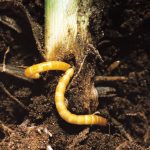
Wireworms a persistent insect pest on the Prairies
Nestled in the soil and hard to kill, wireworms are a headache for Manitoba growers
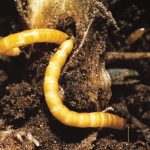
Wireworm survival behaviour unearthed
Wireworms travelled deep into the soil for winter, research out of Atlantic Canada found
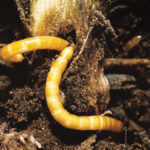
BASF’s ‘novel’ wireworm seed treatment makes pitch to PMRA
Teraxxa could be available in Western Canada next year if approved by Canadian regulatory authorities

Are wireworms’ days numbered?
Once you have wireworms, it’s hard to get rid of them, but that might be changing once BASF’s new seed treatment launches in 2021

Unearth the pests lurking in your soil
No clipped-off plants yet? You may still have cutworms

Manitoba potato growers brace for wireworm issue
The loss of Lindane then Thimet has resulted in growing and booming wireworm populations across Canada
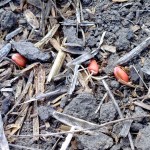
Manitoba farmers hope for rainy May long
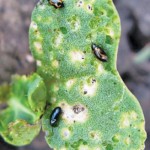
Be on the lookout for three early-season crop pests
MAFRD entomologist John Gavloski has advice on flea beetles, cutworms and wireworms for Manitoba farmers
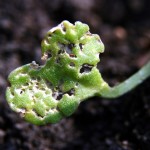
Later canola seeding could mean less flea beetle damage
In addition to flea beetles, farmers should be scouting for cutworms, wireworms and grasshoppers
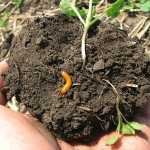
Researchers need wireworm samples
Wireworm numbers are on the rise and Ag Canada researchers need samples to develop control methods


